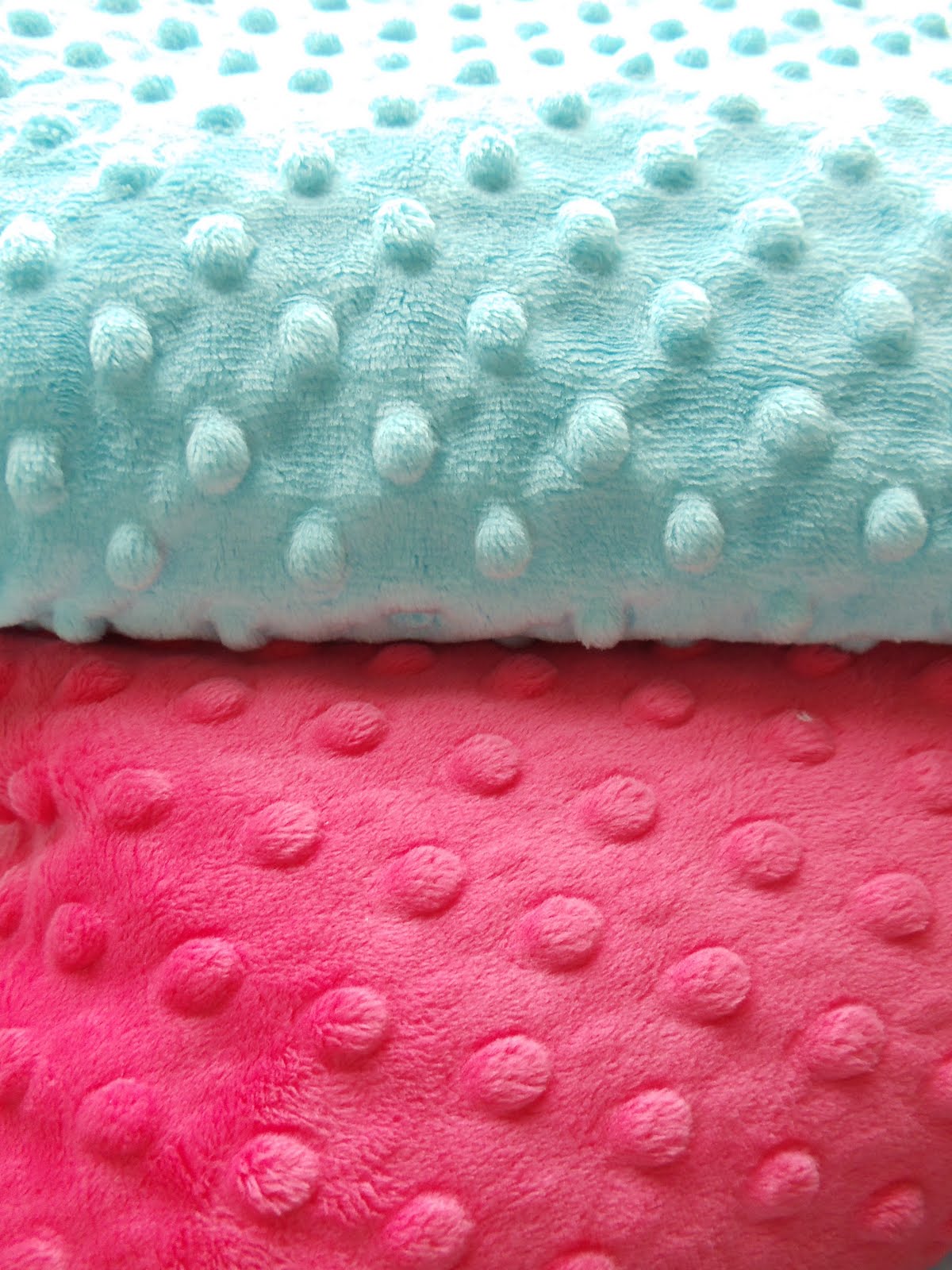Minky: The Ultimate Guide To Softness And Comfort
Minky fabric has gained immense popularity among consumers looking for the perfect blend of luxury and functionality. Whether you are a parent searching for the ideal fabric for your child's blankets or simply someone who appreciates the soft touch of high-quality textiles, minky is the answer. This article will explore everything you need to know about minky fabric, its uses, benefits, and why it has become a staple in the textile industry.
In this comprehensive guide, we will delve into the characteristics of minky fabric, its history, and the various products made from it. We’ll also discuss care tips, sustainability concerns, and how to choose the right minky fabric for your needs. By the end of this article, you'll be well-equipped to make informed decisions about minky fabric and its applications in your life.
Join us as we unravel the soft and cozy world of minky fabric, offering insights that will help you appreciate its value and versatility. From its origins to current trends, minky is more than just a fabric; it's a lifestyle choice for many.
Table of Contents
- What is Minky Fabric?
- History of Minky Fabric
- Characteristics of Minky Fabric
- Uses of Minky Fabric
- Care and Maintenance of Minky Fabric
- Sustainability Issues in Minky Fabric Production
- How to Choose the Right Minky Fabric
- Conclusion
What is Minky Fabric?
Minky is a type of synthetic fabric, typically made from polyester, known for its ultra-soft texture and plush feel. Originally designed as a fabric for babies and children's products, minky has transcended its initial purpose to become a favorite among all age groups. The distinctive softness of minky fabric is often compared to that of fleece, but it has a smoother and silkier finish, making it ideal for various applications.
History of Minky Fabric
The origins of minky fabric can be traced back to the early 1990s when it was introduced as a high-quality alternative to cotton and fleece. Initially aimed at the baby market, its popularity quickly soared among parents seeking soft and durable materials for their children's blankets and apparel. Manufacturers began producing minky in a variety of colors and patterns, allowing for endless customization.
Characteristics of Minky Fabric
Minky fabric possesses several unique characteristics that contribute to its popularity:
- Softness: Minky is renowned for its luxurious softness, making it perfect for blankets and clothing.
- Durability: Despite its plush feel, minky is highly durable and can withstand regular use and washing.
- Versatility: Available in various weights and textures, minky can be used for a wide range of products.
- Color and Pattern Variety: Minky comes in a plethora of colors and patterns, enabling endless design possibilities.
Uses of Minky Fabric
Minky fabric is incredibly versatile and is used in a variety of applications. Below are some of the most common uses:
Minky Blankets
Minky blankets are perhaps the most popular product made from this fabric. They are often used for baby blankets, throw blankets, and plush toys. The softness of minky makes it an ideal choice for keeping warm and cozy.
Minky Apparel
While less common than blankets, minky fabric is also used to create clothing items such as pajamas, robes, and even hats. The softness against the skin makes it a comfortable choice for loungewear.
Minky Toys
Minky fabric is often used in the production of stuffed animals and other plush toys. Its softness and ability to hold vibrant colors make it a favorite among toy manufacturers.
Care and Maintenance of Minky Fabric
To ensure the longevity of your minky fabric products, proper care and maintenance are essential:
- Wash in cold water on a gentle cycle to prevent damage.
- Avoid bleach and harsh detergents, which can damage the fibers.
- Dry on low heat or air dry to maintain softness.
Sustainability Issues in Minky Fabric Production
As with many synthetic fabrics, the production of minky raises sustainability concerns. Polyester is derived from petroleum, which raises questions about environmental impact. However, some manufacturers are beginning to explore recycled polyester options to create minky fabric, offering a more eco-friendly alternative.
How to Choose the Right Minky Fabric
When selecting minky fabric, consider the following factors:
- Weight: Choose a weight that suits your project, as minky comes in various thicknesses.
- Texture: Some minky fabrics have a smooth texture, while others are more textured; select based on personal preference.
- Pattern and Color: Consider the aesthetic you are aiming for and select colors and patterns that match your vision.
Conclusion
In conclusion, minky fabric is a versatile and luxurious option for anyone seeking softness and comfort in textiles. From blankets to apparel, its applications are numerous, and its appeal continues to grow. As you explore the world of minky, remember to consider the care instructions and sustainability practices associated with this fabric.
We invite you to leave your thoughts in the comments, share this article with fellow fabric enthusiasts, or explore other articles on our site to deepen your knowledge about textiles.
Thank you for reading, and we hope to see you back soon for more engaging content!
Will Compton: A Journey Through The Life Of An NFL Linebacker
Matthew Perry: The Life And Legacy Of A Television Icon
Jim Rugg: A Deep Dive Into The World Of Comics And Creativity


